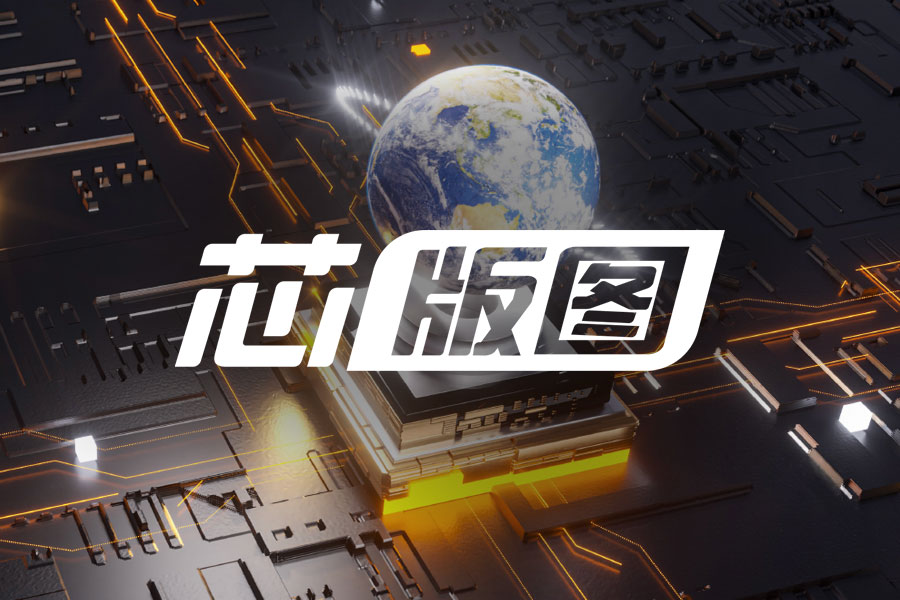
By Li Panpan
(JW Insights) Sep 4 -- About 23% of more than 45 semiconductor projects with new progress in China in July are in the field of automotive electronics, ranking first in all the semiconductor fields. More and more projects in automotive electronics, like power devices and smart sensors, were invested in China because of the automotive chip shortage, according to a recent JW Insights report.

More than 45 semiconductor projects made new progress (contract signing, start/completion, commissioning, and more) in July in China, with a total planned investment of more than RMB80 billion ($11.02 billion). Among them, there are more than 20 newly signed projects, and more than 15 projects are in the stage of completion and commissioning.
Apart from automotive electronics, other investment projects in July were in materials, equipment, packaging, and manufacturing.
According to public investment statistics, the investment in product-oriented projects exceeded RMB40 billion ($5.51 billion), the most popular project category in July in China.
GPU, 5G communication chips, industrial sensors, and others are important directions in capacity expansion. Automotive electronics, including automatic driving temperature sensors, car-grade MCUs, and power devices, are hot spots for investment, providing strong support for localizing related industrial chains.
Yuxin Semiconductor, Yuexin Semiconductor, and Guangchu Technology seized this market opportunity with specific investments.
In terms of sensors, driven by the development of intelligence and automotive-related applications, the sensor market size is growing daily. According to institutional statistics, the global sensor market size by 2022, was $173.75 billion, an increase of $13.12 billion over the previous year, a rise of 8.17% year-on-year.
Chinese players Guangchu Technology, Nernst, and Ferrotec were all involved in the investment of sensors in July.
The July semiconductor projects in were mainly located in the Yangtze River Delta, Pearl River Delta, and central China. Zhejiang, Jiangsu, and Shanghai had the most significant number of them, followed by Anhui, Sichuan, and Guangdong.
The advantage of the industry ecosystem in the Yangtze River Delta region is reflected in the number of semiconductor projects in July.








